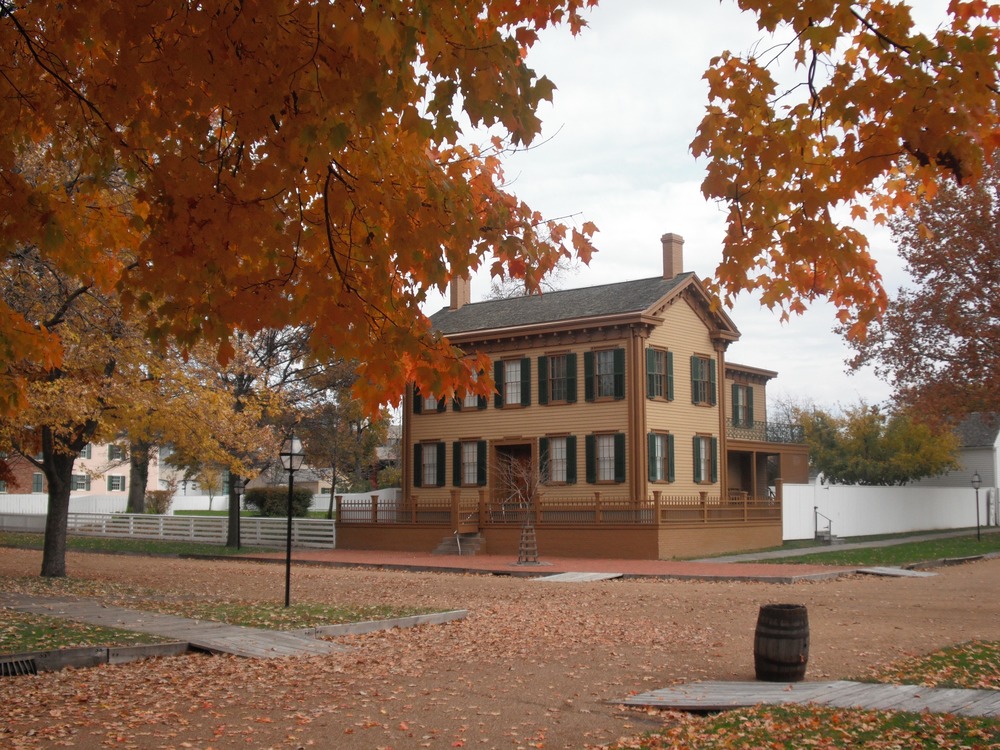Power in Partnership: Lincoln Presidential Foundation Leads U.S. 250th Anniversary Planning Project with NPS Partners, Scholars, Museums.
In 2024, the Lincoln Presidential Foundation launched a new, multi-site project for the U.S. 250th anniversary that explores topics related to Abraham Lincoln’s views on the American Founding, his articulation of each generation’s role in maintaining and improving our government, and his role in what some scholars refer to as the nation’s “Second Founding.” This project had two major goals: first, to create new resources and partnerships with and for NPS units for the public benefit ahead of a major national commemoration, and second, to build a network for fruitful collaboration and collective impact now and into the future.
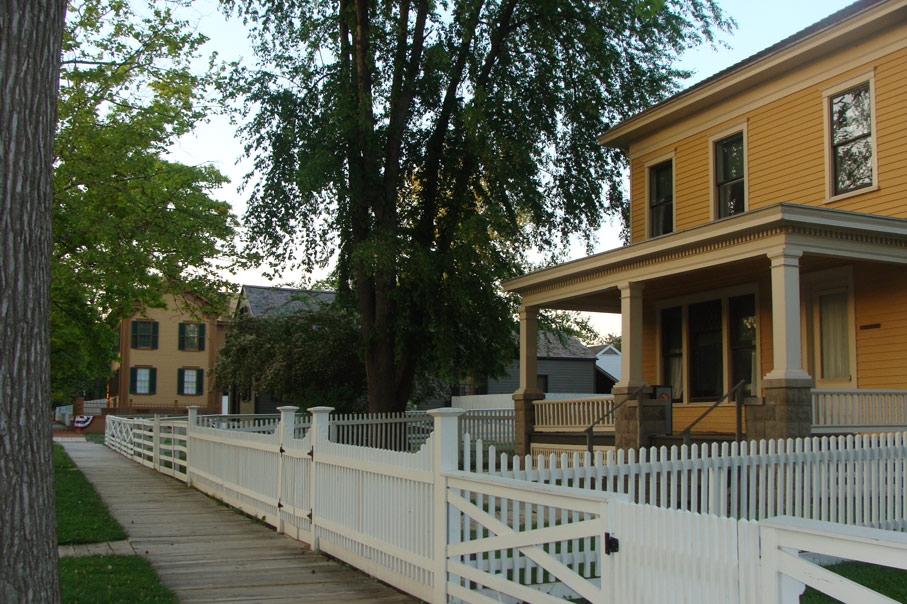
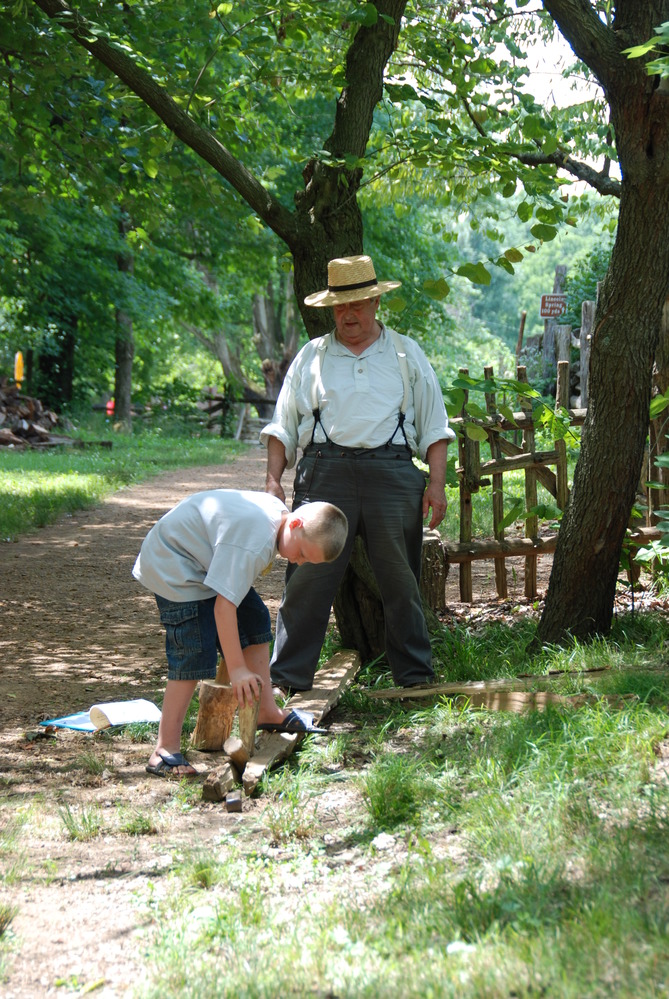
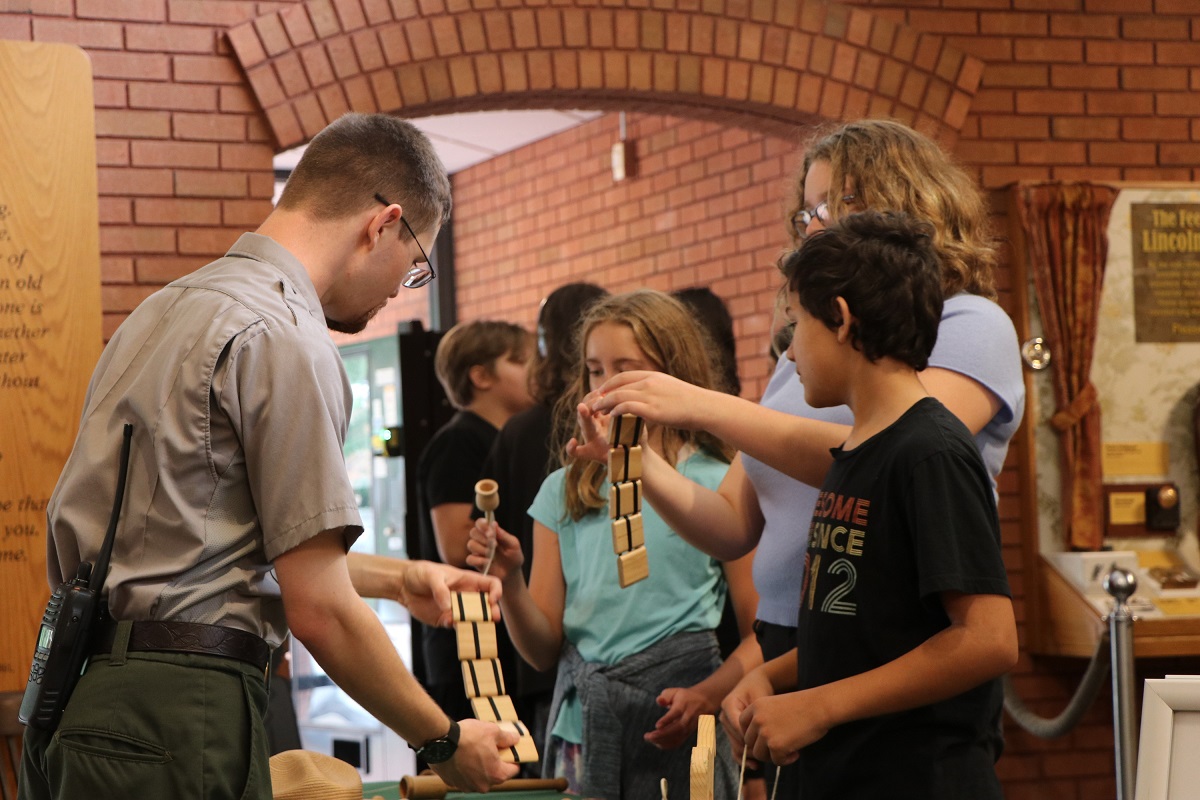
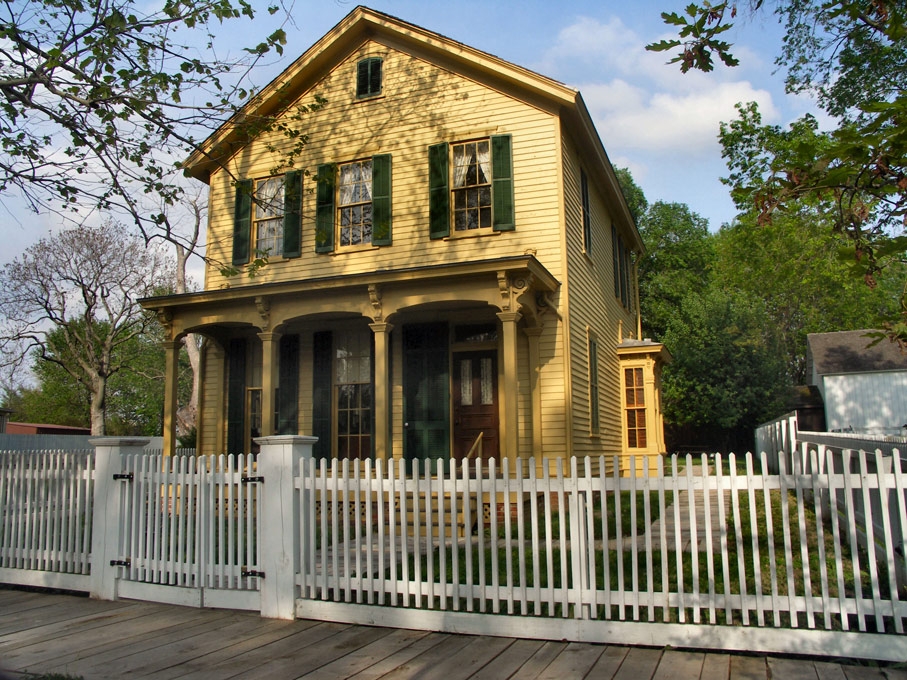
The planning phase of the project brought together a working group of Lincoln and American history scholars, public history practitioners, and stakeholders to advise the development of an interpretive plan framework. The framework is now being used to inform the second phase, which includes design and development of various public and youth programs, experiences, and learning resources for the 250th. There was also a strong interest in professional development opportunities for practitioners in the lead up to 2026.
Over 35 individuals participated in the planning phase of the project, including but not limited to representatives from NPS-WASO, the Lincoln Home National Historic Site, Lincoln Boyhood National Memorial, Abraham Lincoln Birthplace National Historical Park, the Library of Congress, Idaho State Historical Society, Indiana Historical Society, Kentucky Historical Society, President Lincoln’s Cottage, and the Museum of African American History in Boston and Nantucket. The Foundation has also recruited over a dozen scholarly experts representing universities across the United States and in the United Kingdom. Glass Pathways, also based in Illinois, was engaged to help the Foundation facilitate the interpretive planning process.
The first phase of this project was made possible thanks to a grant from the National Park Foundation and contributions from other generous private foundations and individual donors.


